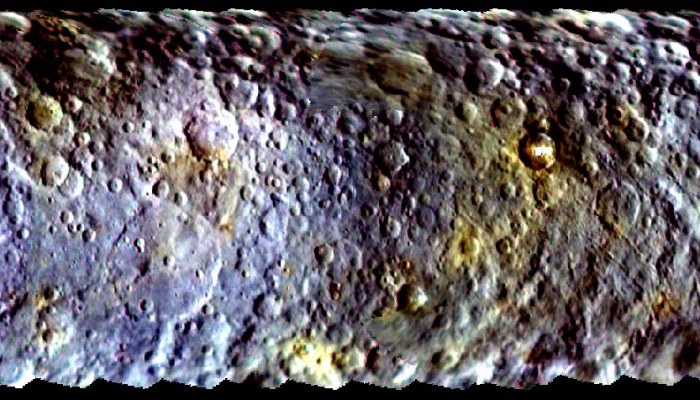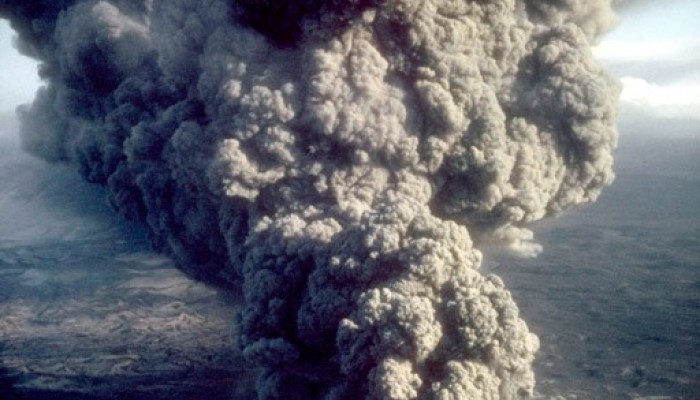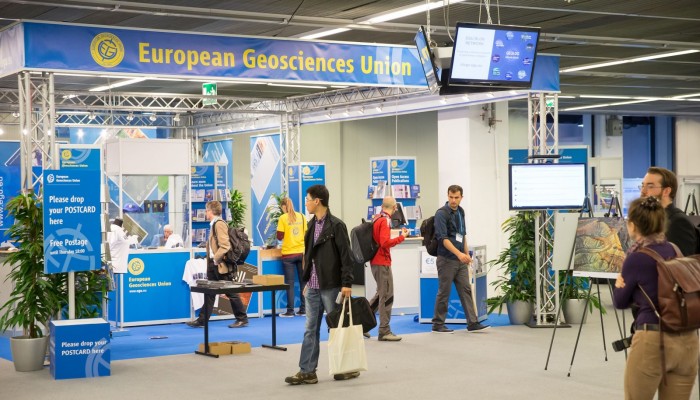Following his session at the EGU General Assembly, Greg Valentine (Buffalo University) spoke to Sara Mynott about how he creates model volcanoes, specifically maar-diatremes, and blows them up to better understand what goes on in an eruption… So what is a maar-diatreme? A diatreme is a vent-like structure, mostly made up of broken up bedrock and magma. Initially, you have a dyke that channels magm ...[Read More]
At the Assembly: Thursday highlights
Welcome to the fourth day of General Assembly excitement! Once again the day is packed with great events for you to attend and here are just some of the sessions on offer. You can find out more about what’s on in EGU Today, the daily newsletter of the General Assembly – grab a copy on your way in or download it here. The first Union-wide session of the day focuses on geophysics and resilience and ...[Read More]
Head on over to the EGU Booth!
You can find the EGU Booth in Hall X on the Blue Level. This is the place to come if you’d like to meet members of EGU Council and Committees (Meet EGU) and find out more about EGU activities. Here you can discover the EGU’s 17 open access journals, browse the EGU blogs (GeoLog, the EGU Blog Network and the EGU Division Blogs), catch up on the conference Twitter feed, and more! We will also be giv ...[Read More]
Findings from NASA’s Dawn Mission shed new light on Ceres

Scientists working on NASA’s Dawn mission revealed new findings from the spacecraft at EGU’s General Assembly. This blog post is brought to you by Nikita Marwaha, reporting on the press conference in Vienna, Austria. The very first press conference of the 2015 General Assembly this year took a closer look at the surface of Ceres. Scientists working on NASA’s Dawn Mission shared new results from th ...[Read More]



